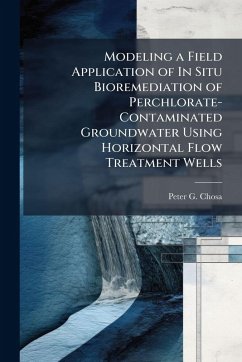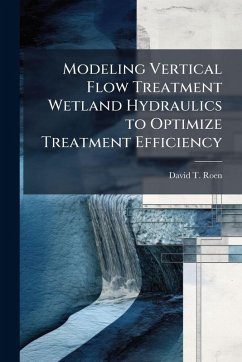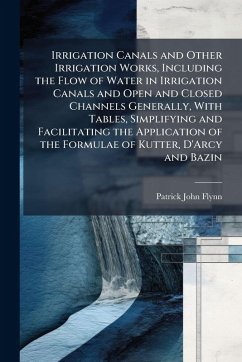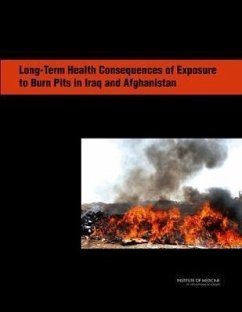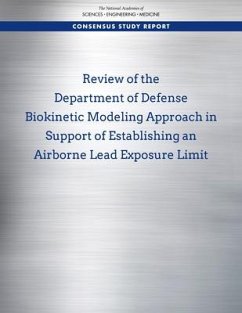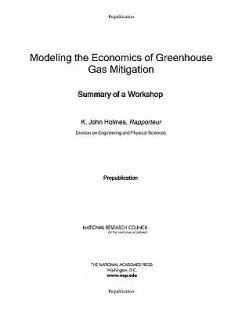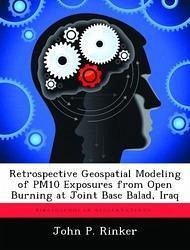
Retrospective Geospatial Modeling of PM10 Exposures From Open Burning at Joint Base Balad, Iraq
Versandkostenfrei!
Versandfertig in über 4 Wochen
18,99 €
inkl. MwSt.

PAYBACK Punkte
9 °P sammeln!
Predicting, determining, and linking theater-related source-specific exposures to health effects has proven difficult. The purpose of this research is to delineate retrospective exposure zones using spatially interpolated particulate air sampling point data from Joint Base Balad, create burn pit exposure isopleths from dispersion model outputs, and merge into a combined exposure model in GIS. Interpolated monitoring results and dispersion modeled results were combined to compare modeled exposures across base. Burn pit contribution to total PM10 was also modeled. The combined dispersion and int...
Predicting, determining, and linking theater-related source-specific exposures to health effects has proven difficult. The purpose of this research is to delineate retrospective exposure zones using spatially interpolated particulate air sampling point data from Joint Base Balad, create burn pit exposure isopleths from dispersion model outputs, and merge into a combined exposure model in GIS. Interpolated monitoring results and dispersion modeled results were combined to compare modeled exposures across base. Burn pit contribution to total PM10 was also modeled. The combined dispersion and interpolation map showed elevated concentrations within a 1 kilometer buffer of the burn pit. Buildings within this area were identified by geoprocessing. The east side of the base receives greater burn pit-specific PM10, compared to the west side. The west side showed high ambient PM10 from monitoring results, but it is unclear whether this was due to spatial or temporal effects. High temporal variability highlights the need for temporally representative sampling across the geographical area throughout the year. It was shown that source-specific individual exposure can be estimated with dispersion model isopleth maps and individual time-activity patterns. All modeling performed can all be refined with improved estimates of emission rates. This work has been selected by scholars as being culturally important, and is part of the knowledge base of civilization as we know it. This work was reproduced from the original artifact, and remains as true to the original work as possible. Therefore, you will see the original copyright references, library stamps (as most of these works have been housed in our most important libraries around the world), and other notations in the work. This work is in the public domain in the United States of America, and possibly other nations. Within the United States, you may freely copy and distribute this work, as no entity (individual or corporate) has a copyright on the body of the work. As a reproduction of a historical artifact, this work may contain missing or blurred pages, poor pictures, errant marks, etc. Scholars believe, and we concur, that this work is important enough to be preserved, reproduced, and made generally available to the public. We appreciate your support of the preservation process, and thank you for being an important part of keeping this knowledge alive and relevant.




